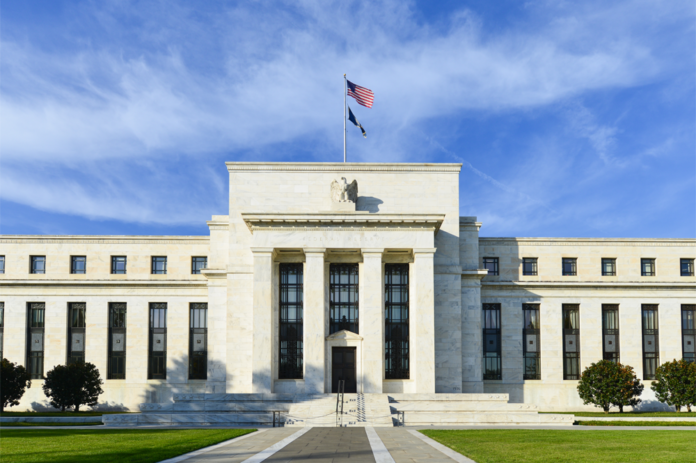Most U.S. Federal Reserve (Fed) officials showed concern last month about the possibility of lowering interest rates too quickly, noting that the risks of lowering rates too quickly outweigh the risks associated with maintaining high borrowing costs for an extended period.
The minutes of the Federal Open Market Committee meeting held on January 30-31 reported that U.S. policymakers are keeping a close eye on the trajectory of inflation, with some expressing concern that progress toward the central bank’s 2% inflation target should not stall. Overall, the minutes reinforced the Fed’s preference for more evidence that inflation is finally on a downward path.
Fed members agreed that borrowing costs might have reached their peak, although the precise timing for the first interest rate cut remained unclear. That said, the minutes signaled growing support among a group of policymakers for slowing the pace at which the Fed shrinks its portfolio of all asset classes.
According to the minutes of the meeting, released Wednesday, the majority of officials highlighted the risks of prematurely lowering rates and easing monetary policy, emphasizing the need for data analysis to achieve the inflation target.
Only a few officials pointed out the risks to the economy of waiting too long to cut.
Payrolls increase
U.S. businesses increased payrolls more than expected over the past year, and the consumer price index rose more than analysts across all sectors had anticipated. Economists around the country expect the Fed’s core inflation gauge to rise at a faster pace from early 2023 when it is released next week.
As a result, markets have dramatically lowered estimates related to interest rate cuts. Similarly, the market is expecting three to four rate cuts this year.
Fed policymakers are set to update their interest rate forecasts next month on the 19th and 20th. Prior to that meeting, Fed Chairman Jerome Powell will have the option to provide new insights into the estimates when he speaks to Congress early next month.
In January, Fed executives voted unanimously to leave interest rates unchanged at 5.25% to 5.5%, while renewing their statement after the meeting. The central bank adjusted its stance, indicating it would be premature to cut interest rates without greater confidence in the market and a clear downward trajectory of inflation. Powell reported earlier this month that it was unlikely that this level of confidence would be achieved between now and the next meeting, scheduled for March.
Balance of the minutes
The minutes noted that some of its officials reported that it might be ideal to begin slowing the pace at which the asset portfolio is being reduced, a process known as quantitative tightening.
In the context of reducing the balances maintained through the Fed’s overnight reverse repurchase agreement facility (one of the primary liquidity provision tools for markets), there were many participants who suggested that the committee discuss in detail the state of balance sheets at the March meeting, which would serve as a benchmark for making an “eventual decision” regarding slowing the pace of tapering.
“Some participants noted that, given the uncertainty surrounding estimates of the broad level of reserves, slowing the pace of runoff could help smooth the transition to that level of reserves or could allow the committee to continue balance sheet runoff for a longer time,” the minutes noted.



